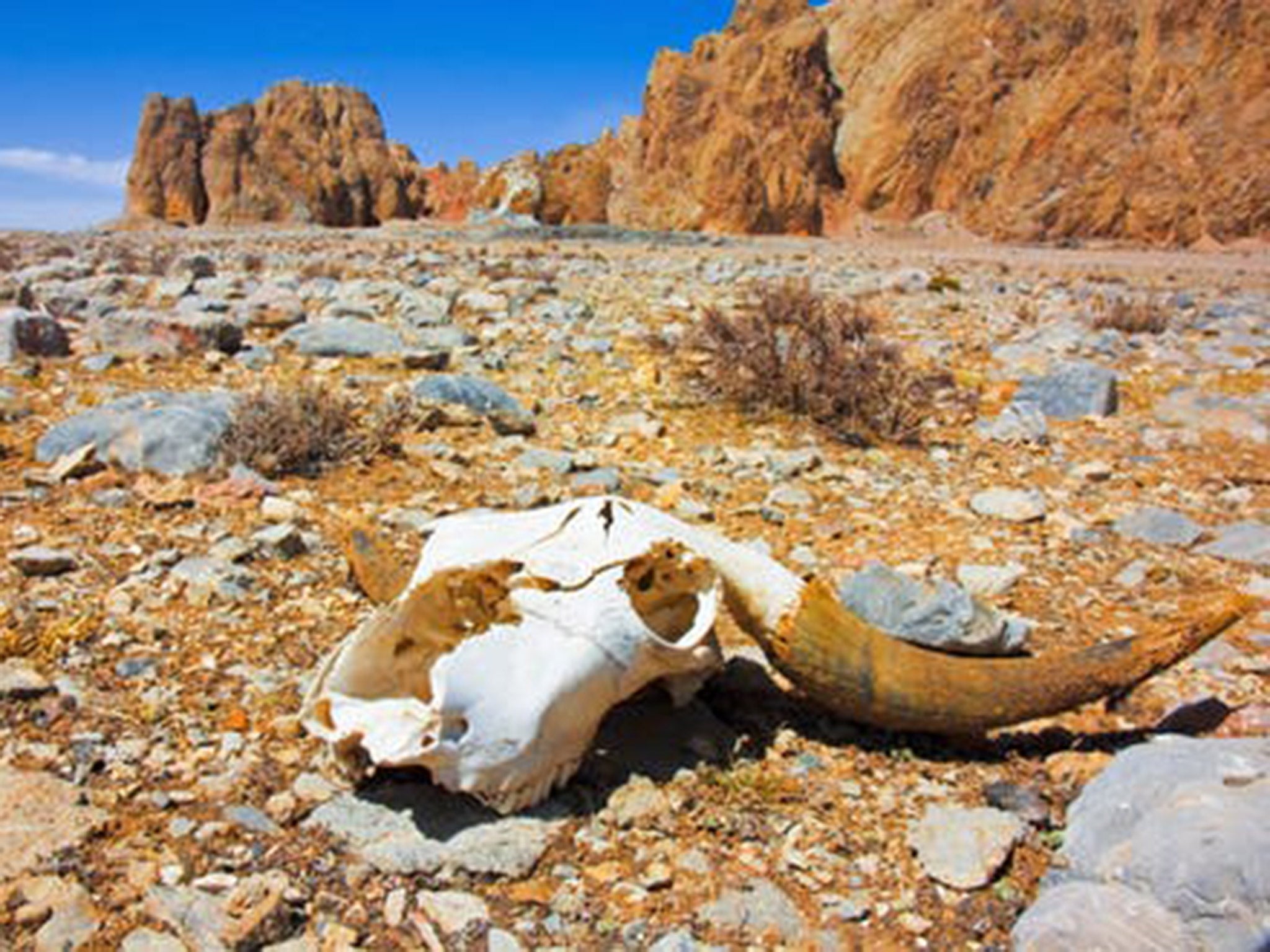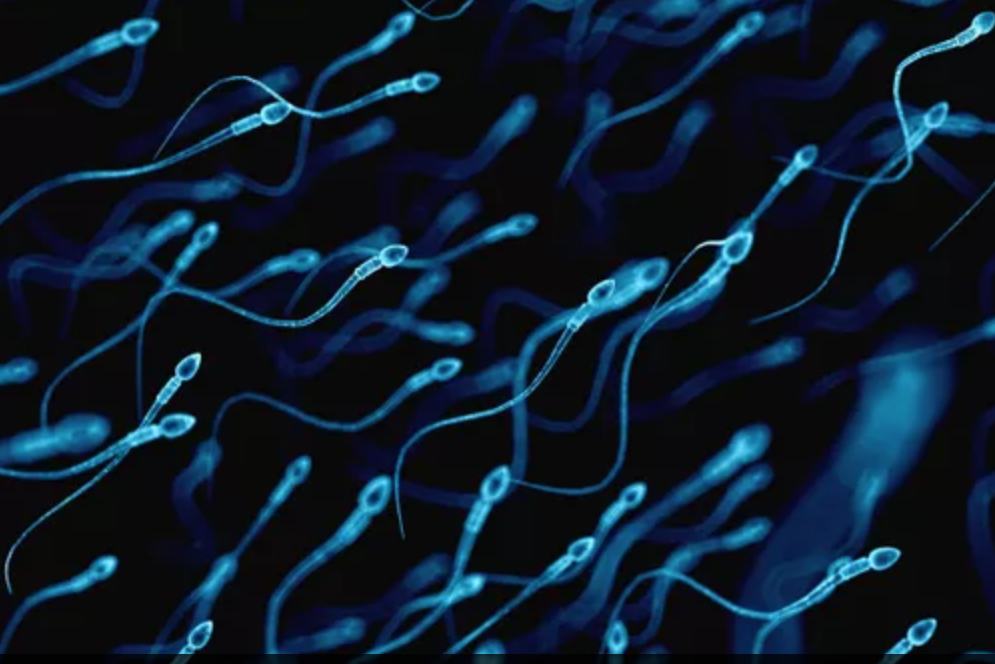Climate change: male infertility caused by heatwaves may result in mass extinction
New information from sperm studies could help identify species most vulnerable, says Kris Sales

Your support helps us to tell the story
From reproductive rights to climate change to Big Tech, The Independent is on the ground when the story is developing. Whether it's investigating the financials of Elon Musk's pro-Trump PAC or producing our latest documentary, 'The A Word', which shines a light on the American women fighting for reproductive rights, we know how important it is to parse out the facts from the messaging.
At such a critical moment in US history, we need reporters on the ground. Your donation allows us to keep sending journalists to speak to both sides of the story.
The Independent is trusted by Americans across the entire political spectrum. And unlike many other quality news outlets, we choose not to lock Americans out of our reporting and analysis with paywalls. We believe quality journalism should be available to everyone, paid for by those who can afford it.
Your support makes all the difference.Since the 1980s, increasingly frequent and intense heatwaves have contributed to more deaths than any other extreme weather event.
The fingerprints of extreme events and climate change are widespread in the natural world, where populations are showing stress responses.
A common fingerprint of a warmer world is a range shift, where the distribution of a species moves to higher altitudes or migrates towards the poles.
A review of several hundred studies found an average shift of 17km poleward and 11m upslope every decade. However, if temperature changes are too intense or lead species to geographic dead ends, local extinctions occur in the heat.
In 2003, 80 per cent of relevant studies found the fingerprints of a warmer world among numerous species, from grasses to trees and molluscs to mammals.
Some migrated, some changed colour, some altered their bodies and some shifted their life-cycle timings. A recent review of more than 100 studies found 8-50 per cent of all species will be threatened by climate change as a result.
High temperatures and extinctions
Currently, we have a disturbingly limited knowledge of which biological traits are sensitive to climate change and therefore responsible for local extinctions.
However, a potential candidate is male reproduction, because a range of medical and agricultural studies in warm blooded animals have shown that male infertility happens during heat stress.
However, until recently this had rarely been explored outside fruit flies in cold blooded animals. This is despite the fact that ectotherms – organisms that rely on heat in their environment to maintain a suitable body temperature – comprise most of biodiversity. Astonishingly, nearly 25 per cent of all ecothermic species are thought to be beetles.
The red flour beetle (Tribolium castaneum) is a useful ectotherm for large experiments on reproduction, as they can go from egg to adult in a month at 30C.
42C
heatwave temperatures halved the number of offspring that male beetles could produce relative to 30C
Females can store male sperm in specialised organs called spermathecae and they only need to keep 4 per cent of a single ejaculate to enable them to produce offspring for up to 150 days.
To look at the impact of heatwaves on reproduction, beetles were exposed to either standard control conditions or five-day heatwave temperatures, which were 5C to 7C above their preferred temperature.
Afterwards, beetles mated and a variety of experiments looked for damage to their reproductive success, sperm form and function, and offspring quality.
We found that 42C heatwave temperatures halved the number of offspring that males could produce relative to 30C, with some males failing to produce any and mature sperm in female storage also experiencing damage from heatwaves.

However, the reproductive output of pairs where only the females endured a five-day heatwave was similar in all temperatures.
The decline was likely due to a combination of males becoming worse at mating, fewer sperm being transferred, fewer sperm being transferred alive, fewer sperm being kept in the females’ spermathecae and more sperm being damaged and infertile.
Two results were particularly concerning. These beetles, and many cold-blooded animals, can live for years and are likely to see multiple heatwaves.
When we exposed males to two heatwaves, 10 days apart, their offspring production was less than 1 per cent of that of unheated males.
This suggests that successive heatwaves can compound the damage of previous ones. The damage to offspring longevity and male fertility was another effect which was compounded over successive generations, and could lead to spiralling population declines.
Knowing what aspects of biology higher temperatures could compromise is essential to understanding how climate change affects nature. Hopefully, this new knowledge can help predict which species are most likely to be vulnerable, allowing conservationists to prepare for the trouble ahead.
PhD candidate in evolution, behaviour, ecology and entomology at the University of East Anglia. This article first appeared on The Conversation.
Join our commenting forum
Join thought-provoking conversations, follow other Independent readers and see their replies
Comments